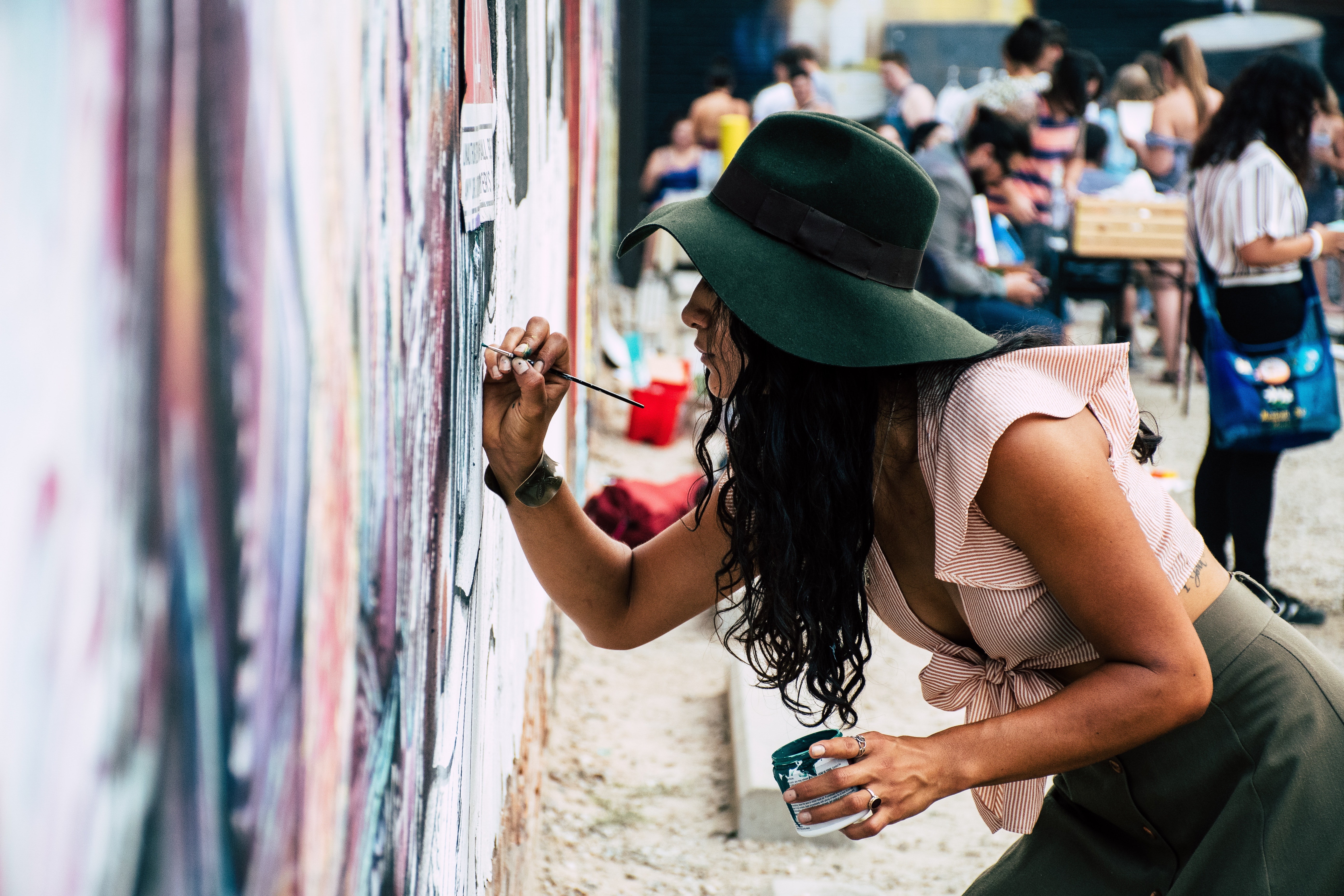Today, traditional rules and roles in the art world are changing. The art community has moved online. Collectors buy directly from artists’ Instagram feeds. Critics will read content on artists’ websites. Curators research and approach artists through Twitter. If you’re an artist, this gives you the opportunity and power to market your portfolio by yourself. But if you’re just starting out, you might be overwhelmed. So, I have put together a beginner’s guide on how to promote your art online and get noticed.
It takes 2 steps.
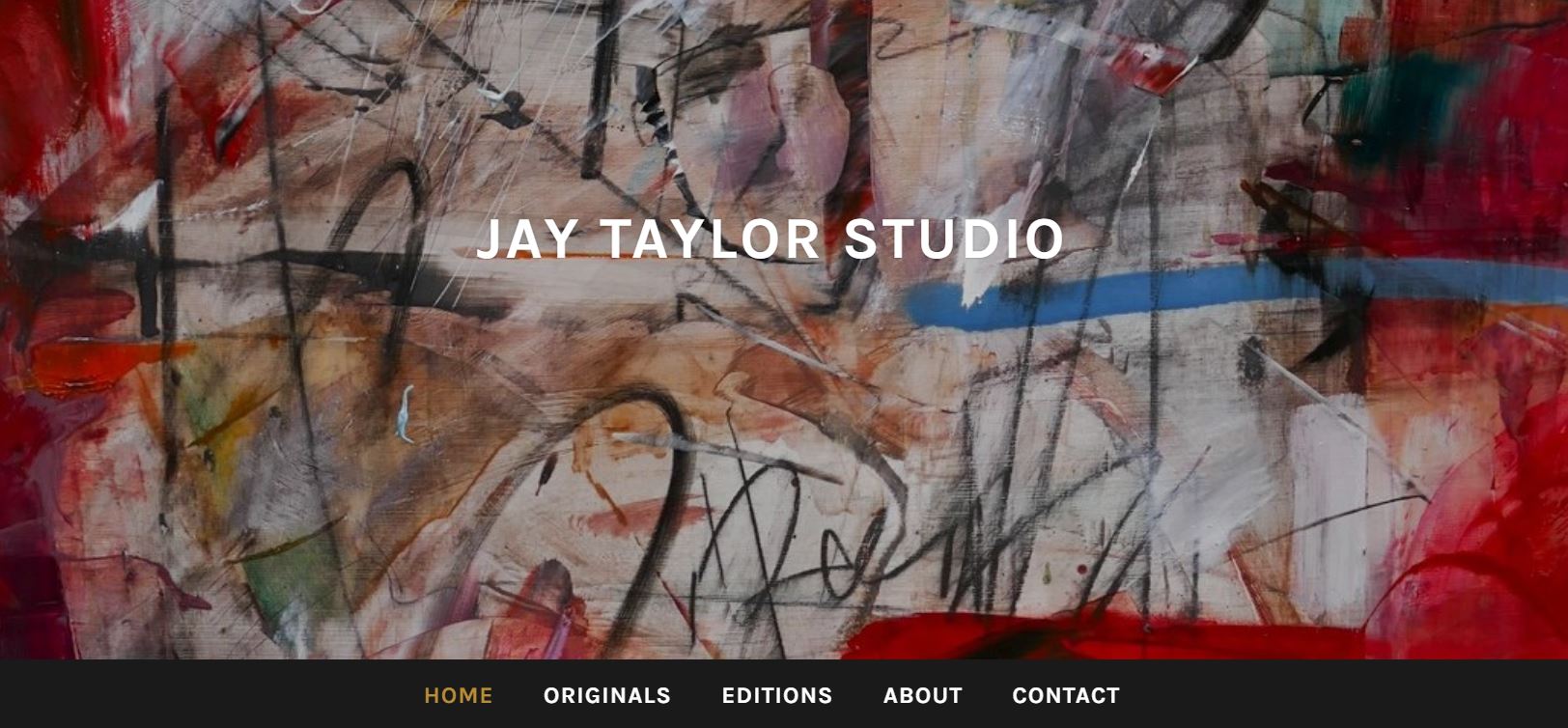
1. BUILD A WINNING WEBSITE
If you haven’t already got one, you’re going to need a website. All you need is a simple but stylish layout, with well-organised content made easy for visitors to view and read. There are lots of portfolio-based websites where you can upload images and text into ready-made templates. No complex coding required.
Here are 3 which I recommend:
Lots of art students and recent graduates use Wix, as it’s a free option. With over 500 templates, you can choose something which suits your style.
Squarespace is known for its beautiful templates that will help to get you started with a more professional aesthetic. Customisable settings include fonts, colours, and page configurations (you can include a shop).
This template is set up for selling art online, and covers everything from payments to secure checkout and shipping. You can also choose between hundreds of themes and colours for the design.
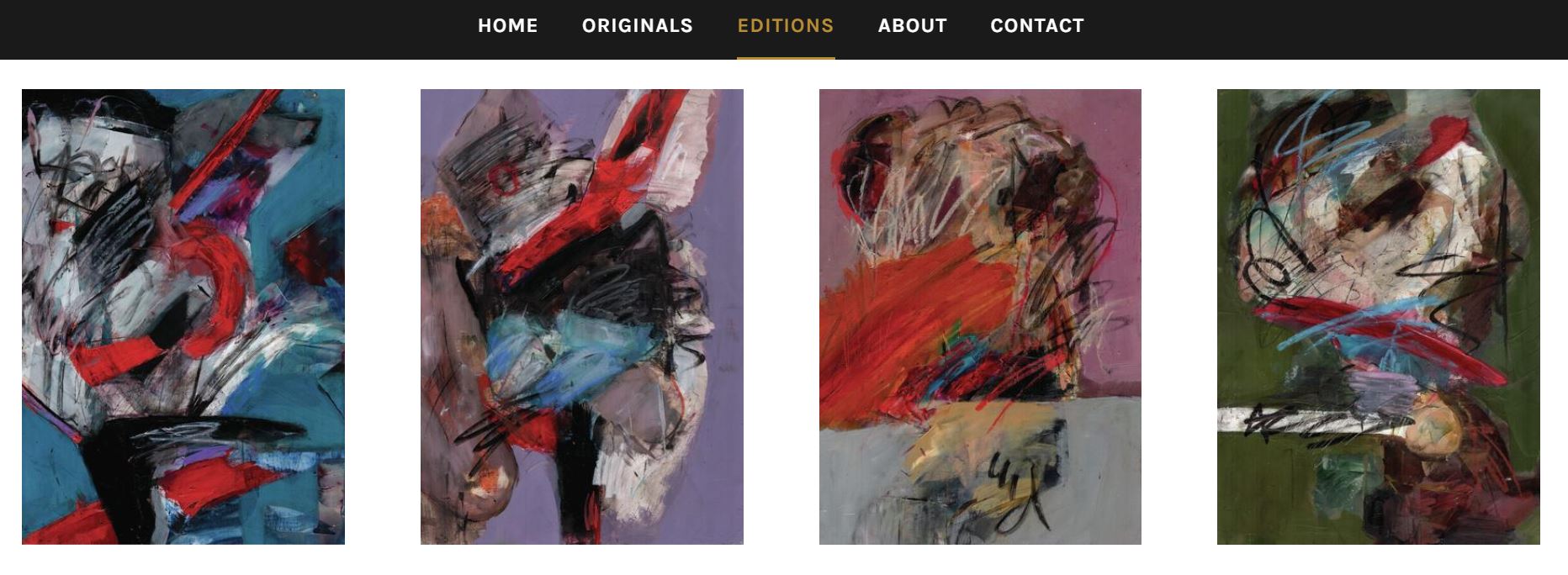
Introduce yourself
Once you’re set up with a template, you’ll need to write a short biography. Collectors buy based on the individual artist, as well as the artwork. This is the place for you to tell your story. Keep it short, authentic and insightful. What makes you unique?
I would then include a separate section for your CV. Here you need to share any exhibitions you have been a part of, artist residencies, awards, education, and collaborations. Collectors will want to know all of this detail when deciding if they want to invest in you.
Share your portfolio
The biggest mistake you can make is uploading all of your artworks. Your website is a selected portfolio, not your studio. Select high quality images, which show your best practice. Include full details, including size, medium, title and date. If you have different categories e.g. portraits, landscapes then separate the art out into these. You need to think about your visitor’s experience: make it easy for them to find what they’re looking for.
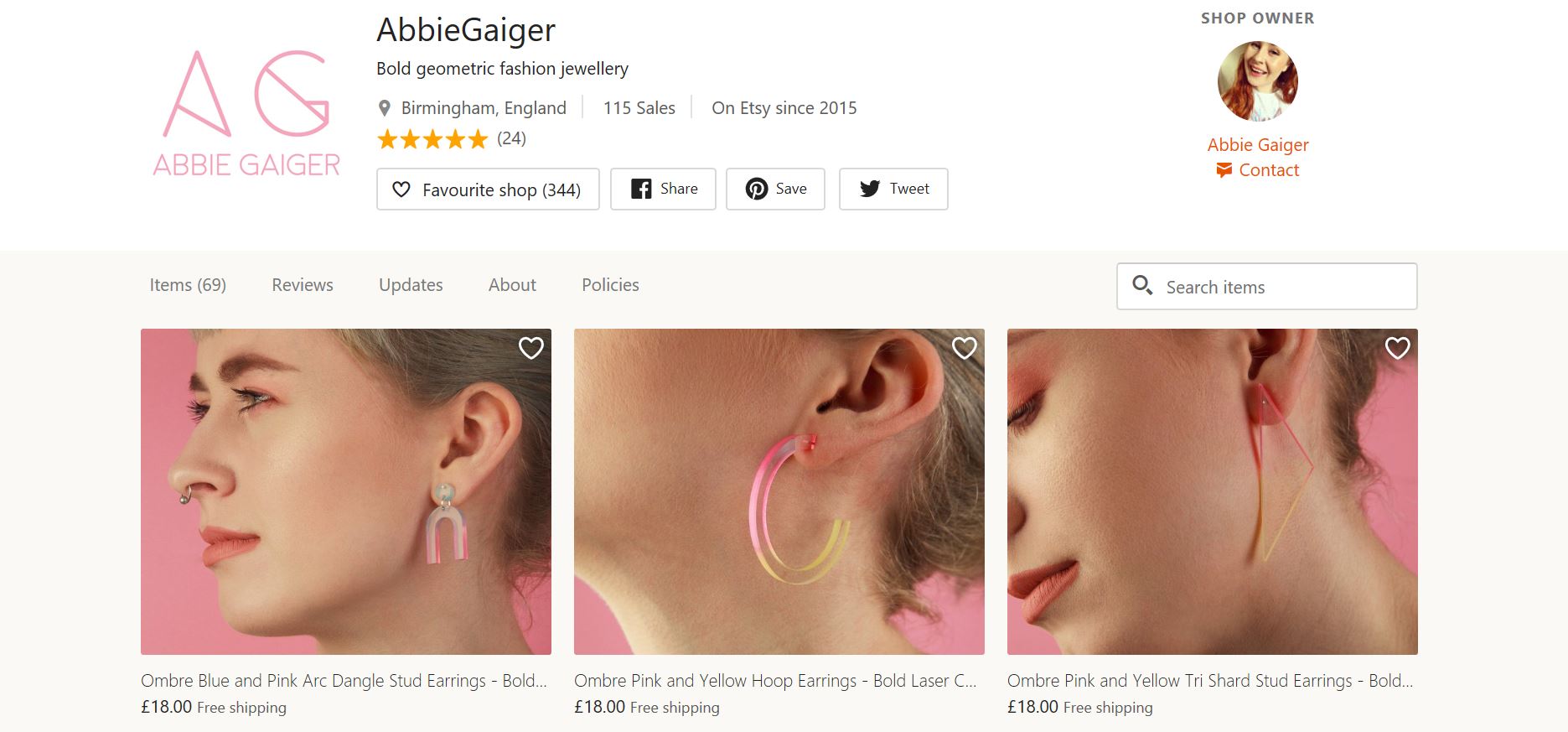
Include a shop
Through sites like Shopify, you can build in a shop into your website. Clearly label your shop in the website’s main menu. Other options include linking to an Etsy store, which jewellery maker Abbie Gaiger has done on her smart site here.
Sprinkle some SEO
If you want people to find your website through their Google searches then you’ll need to include some SEO (Search Engine Optimisation) magic. I didn’t start to do this until recently, and have seen a real difference in my page views from organic traffic.
Put simply, SEO allows people to find your site from their search terms. You will need to start by researching what people enter into the search box e.g. buy abstract art online
There are plenty of free SEO tools out there, including Google AdWords Keyword Planner. You can get search volume and traffic estimates for keywords you’re considering, such as ‘sell art online’ or ‘best places to buy art in Birmingham’. If the terms are popular, you then need to include them in your blog post on the topic.
So much has been written on SEO, and I recommend checking out advice such as this beginner’s guide from Moz:
moz.com/beginners-guide-to-seo
Link to social media
You should also link to all of your social media channels from your website. More on how to manage social media, and why you need it, now…
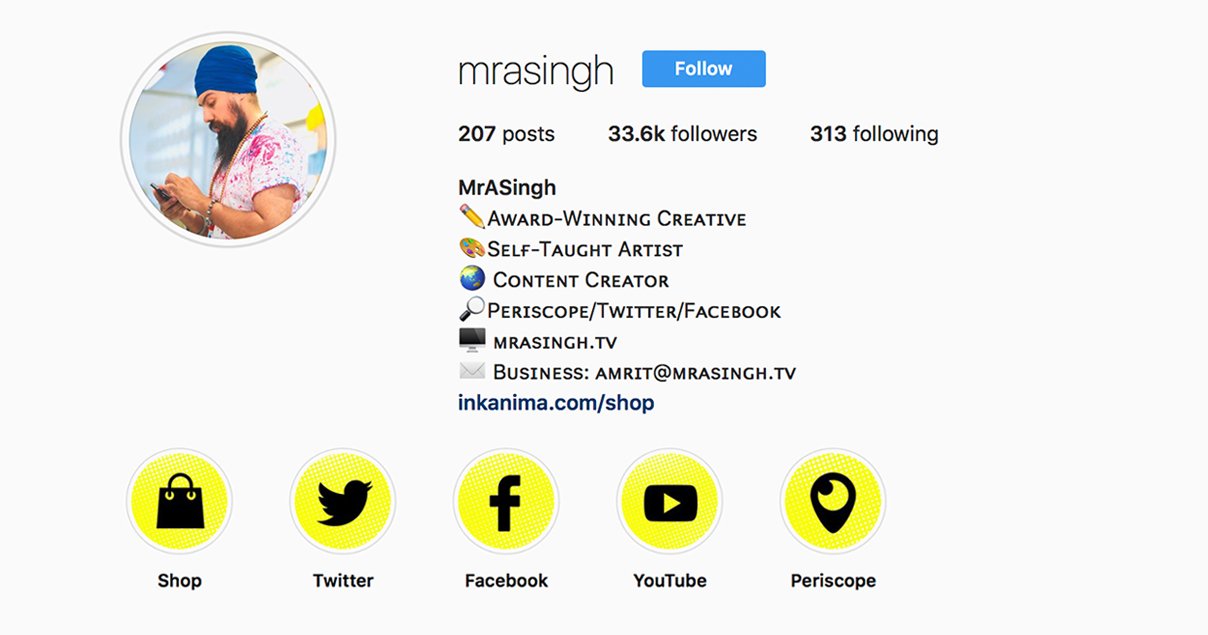
2. SHARE ON SOCIAL
Once your website is set up, your next step is to drive traffic to it. The best way to do this is through social media. My main recommendation here is that it’s better to manage one social media account well, than have several which aren’t updated regularly.
I’d start with Instagram.
Many artists now use Instagram to share their portfolios, connect with collectors and sell art. Even art dealers and auction houses are making sales and promoting exhibitions and auctions on the visually-focused site.
Introduce yourself
First of all, you need to build a profile. Include a few words about yourself, a link to your website and a profile photo.
Also, if you want to share your artwork with new audiences, make sure your profile is not set to private!
Curate your feed
Now, you’re ready to start uploading images. Make sure they are high quality. This may seem obvious, but Instagram is unforgiving of pixelated, blurry shots. On Instagram, you are your own curator. Build your brand by offering an inside account e.g pictures of your studio, artworks in process, as well as finished products.
Caption, comment & hashtag
Use quirky or catchy captions to engage your audience and find new followers. For example, you can use a title like * Sneak peek in the studio * to give people an exclusive feeling and raise the hype of the work. Keep your followers engaged, and build the suspense to the final product.
You will also need to use popular hastags. You’ll often see people add words like #artistsofinstagram or #contemporaryartcollectors in the description of the images that they upload. These hashtags become clickable links, and you can also search them with the IG search tool. This is how people discover new artists.
I also recommend engaging with other members of the art community. Comment (thoughtfully) on other artists, curators’ and bloggers’ pictures. You never know the connections and collaborations you could make by simply liking or commenting on someone else’s image.
“My live streams and Instagram account are where most of my art sales traffic comes from. Most of my orders are international, with 70% sold to American clients. So, social media is a fantastic tool for me as an artist” – MrASingh.
Post at popular times of day
I have found the best times to post include the morning commute e.g. 8:30 am, lunchtime, or evening. I also find increased engagement when I share content on Sunday afternoons and evenings.
Bear in mind that active engagement is more important than your number of followers.
Instagram stories
A relatively new way to share content is via Instagram stories. They should definitely be part of your strategy, and they’re fun! You’ll find Stories of people you follow located in bubbles along the top of your home screen. They last for 24 hours and are a great way to engage your followers. You can use Stories to announce news, invite questions, preview new artworks, offer a tour of your studio and give insights into your story as an artist. The possibilities are endless. The more interactive the better here.
Schedule your posts
You don’t need to spend your life on social media. You can schedule your posts through sites such as Hootsuite. Game changer!
I recommend one post per day to start with.

Other popular social media channels for artists include Pinterest (great for striking images), Twitter (better for conversations), LinkedIn (anything careers-related) and YouTube (share videos of your studio, making art etc.). Make sure that you’re always linking back to your website, and sharing your brand consistently across all platforms. * I’ve included links to my channels, so you can take inspiration.*
Further Reading
Why not check out this complete guide – How to Design a Website – that covers every stage you’ll go through when designing a website from scratch.
Ruth x
